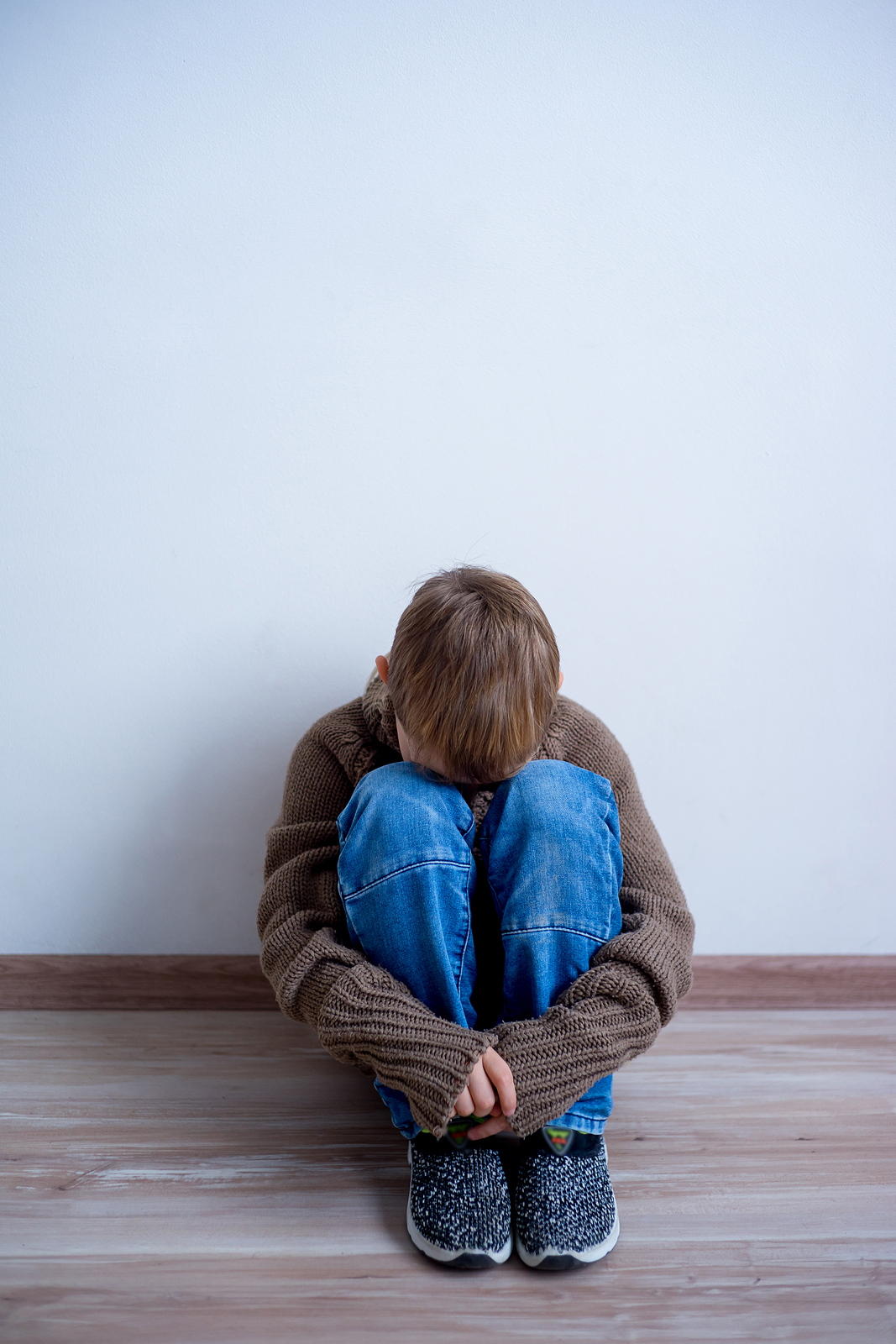 The HBO production of “Big Little Lies” was a tremendous success. In fact, there will be a season 2 even though the book of the same name, by Liane Moriarty, was covered in season one.
The HBO production of “Big Little Lies” was a tremendous success. In fact, there will be a season 2 even though the book of the same name, by Liane Moriarty, was covered in season one.
A lot of discussions have emerged around the physical abuse engaged in by two of the characters: Celeste and Perry Wright.
The Wrights are a painfully good looking, well off, well-educated pair. They live in a contemporary beach house that most could only dream of. Once their story unfolds, the physical and emotional abuse behind closed doors, reveals that what is seen is not, necessarily, a reflection of the quality of life inside the home.
Their twin boys, Max and Josh, who are in the first grade, are witness to the domestic violence. During the course of the story, it is revealed that Max is a bully who has hurt other children.
Children are always collateral damage in households where cruelty is an ordinary occurrence. The parents in such families are, more often than not, in denial about the damage their behavior is inflicting on their children.
“We don’t fight until they go to bed”, and “we never raise our voices in front of the children” are frequently used explanations that the parents believe are true. Denial allows the parents to continue to believe that they have been able to raise their children successfully.
Studies have shown that 80 to 90% of children who have witnessed domestic abuse hold clear memories and mental pictures of exactly what occurred. Even young children, who have not yet entered kindergarten are able to give detailed accounts of what they have seen.
Children who suffer and/or witness such abuse are deeply affected, often, for the rest of their lives. These children may believe that it is normal for one parent to harm the other. They may well conclude that they are the cause of these outbursts. Children often feel guilty that they could not stop these frightening events. Some believe that they can “fix” the past and, unknowingly, unconsciously, enter into relationships that mirror the home in which they lived. They do not realize that it is impossible to go back and fix the past.
Youngsters from homes that are frightening have difficulty establishing healthy intimate bonds later in life. Some become bullies. Some strive for peace at any price. Either way, they cannot understand what appropriate mutual care in intimacy is all about. They may not know that such an environment exists or is possible.
There are reports of children who have been fortunate in that a non-violent person or family has taken an interest in his/her welfare. If a strong bond has been established and the child from the family of abuse receives praise from a healthier household, it, sometimes, is enough to educate and influence the child in how to handle disagreements in ways that are far less turbulent than what he/she has come to accept as normal.
Those who attempt to help the children of abuse report that, rather than dwell on troublesome details, it is more effective to point out that the child has managed to survive. Survival requires great fortitude. If the child is old enough to understand, it is important to commend him/her for weathering the storm. The child needs to be told that if he/she could get through an abusive household intact, that he/she can conquer any challenges that the future holds.
It has been found that the perpetrator of violence in the home is often attempting to establish control over some or all of the family. Perry Wright in “Big Little Lies” exemplifies one of the most dangerous and confounding types of the victimizer. After the “storm” Perry is loving and charming. There is a scene in which he puts a diamond necklace around the bruised neck of his wife, Celeste.
It is hard for the “charmer’s” target to integrate the conflicting sides of his/her behavior. It is not unusual for the “mark” to believe that the lovable side is the genuine personality and that the violent side is an aberration. It is common for the victim to believe that he/she triggered the outburst. In fact, the abuser will, most likely, blame the incident on the victim.
There are many reasons a target will remain in the household. Financial concerns and safety are right at the top of the list. It is often unbearably painful to really acknowledge that the person who is loved is also, unremittingly dangerous. The problem is that if the abuse is not contained, research has found that the persecution will increase over time.
In the not so distant past, it was believed that violence did not occur in the upscale homes of the affluent. As the understanding of domestic violence has become more sophisticated, it has been recognized that finance and status are not guarantees of safety.
As light is shed on the problem of domestic violence, it is advantageous to utilize the tools available through social media. Discretion should be used when posting on social media sites. It is recommended that personal, and possibly, inflammatory information is withheld from the public sector. An individual who feels endangered can, however, find advice on groups, hotlines, and shelters that will provide some solutions and safety.
An individual cannot fix what is not acknowledged. All research encourages those who have been injured, to be honest with themselves. As daunting as it will, inevitably, be, the behavior of the abuser must be revealed. Keeping assault a secret is a slippery slope that leads to more danger. Experts urge those in trouble to remember that simply surviving has taken a great deal of courage. Help is available. Domestic warriors are urged to take advantage of that help.
About the Author

Ruth Gordon
, MA/MSW/LCSWI bring with me +30 years of experience as a clinician. My Masters degrees are from: Assumption College, Worcester, MA, Master of Arts in Psychology & Counseling/ and Boston University School of Social Work, Boston, MA, an MSW in Clinical Social Work. This is the 11th year I have written a monthly newsletter that is sent to approximately 500 individuals. The archive can be found on my website, www.foreverfabulousyou.com.
Office Location:
The OC Building, 11983 Tamiami Trail, N., Naples, FL 34110
Naples, Florida
34110
United States
Phone: 239 293-4314
Contact Ruth Gordon
Professional Website:
www.foreverfabulousyou.com